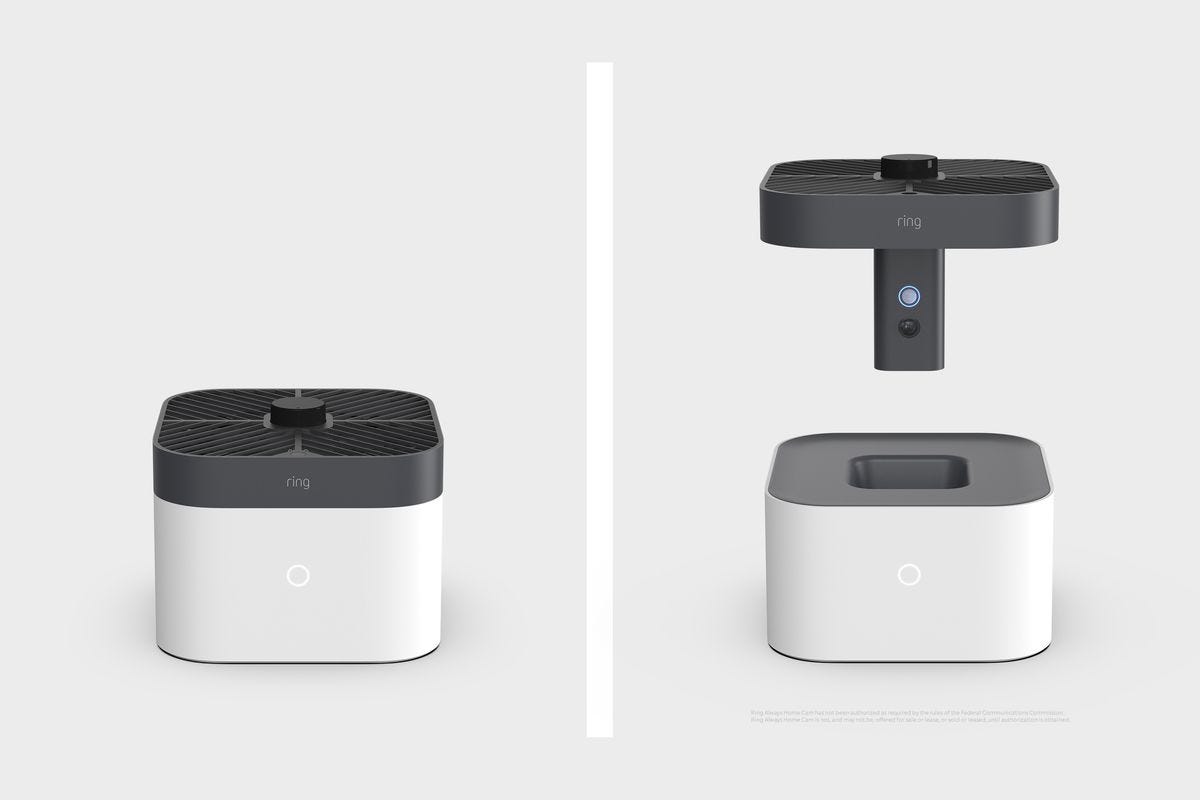The phrase “surveillance capitalism” was coined by Harvard professor Shoshana Zuboff to describe the system in which internet platforms such as Google and Facebook profit through free services that track users’ online behavior. Another company in their cohort, Amazon, has in recent years taken a different approach with its subsidiary Ring by offering actual, physical surveillance devices that allow its _users _to track other people. It’s not surveillance capitalism so much as plain old surveillance tech.
The surveillance tech model is far more straightforward than surveillance capitalism, at least on the surface: Customers pay Ring directly for the privilege of putting Alexa-enabled cameras on their property. The power of surveillance is in the user’s hands, and they can choose whether they share it with neighbors or law enforcement through the Neighbors app.
The two models have something in common, however, in that the surveillance comes at a cost that isn’t reflected in the price paid by users. Economists call this an externality. In Ring’s case, the privacy cost is not to the people who buy Ring devices, but to the people they use those devices to watch. In some ways, that’s more insidious than the Facebook model — people choose to use Facebook, but they don’t necessarily choose to be captured on a Ring camera. On the other hand, Ring would likely argue that its devices also have positive externalities, because they make the neighborhood safer even for people who don’t buy them, although evidence for that is mixed.
#amazon #technology #pattern-matching #ring
